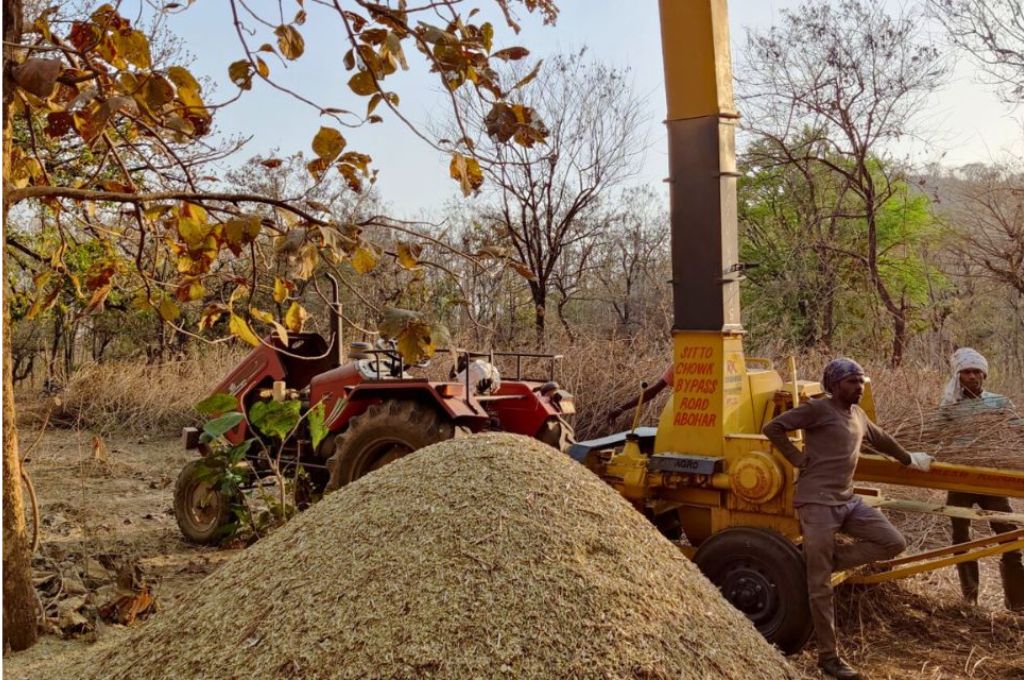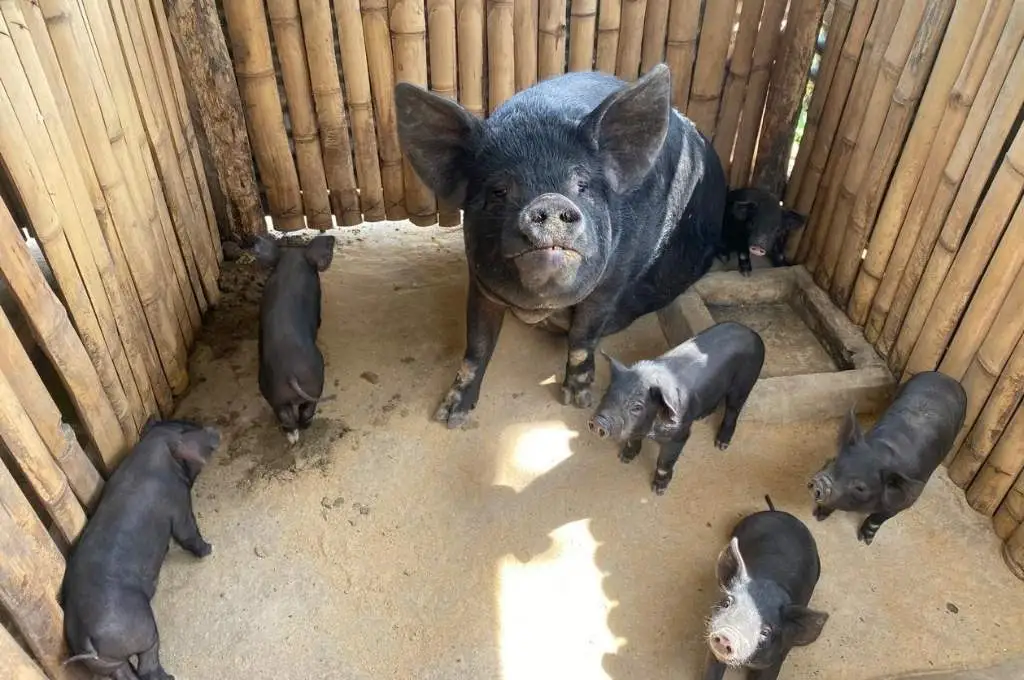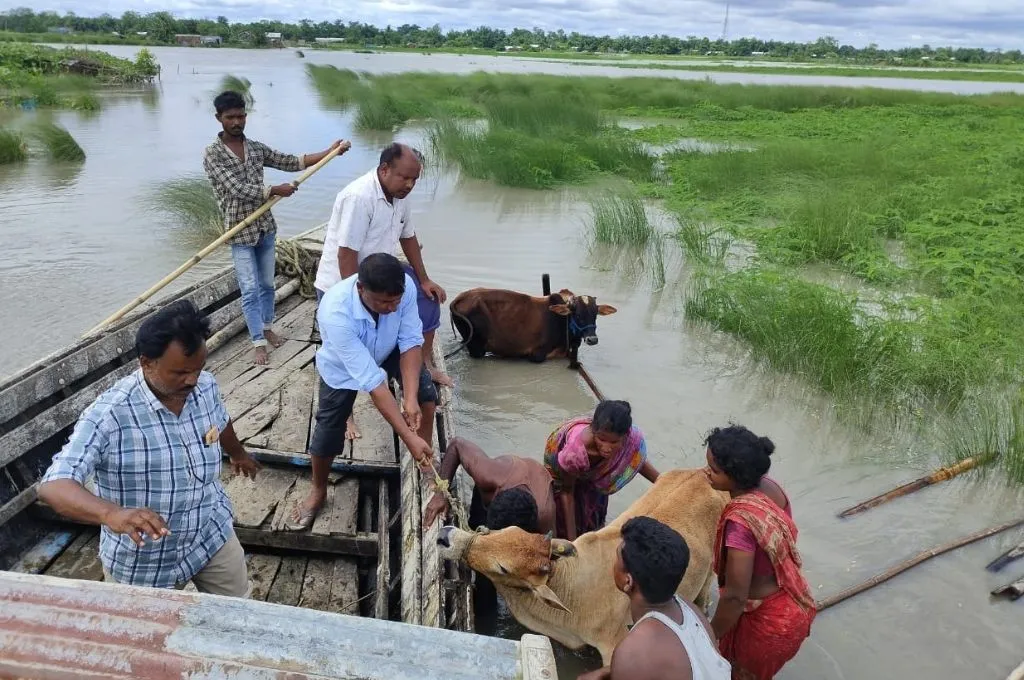Adivasis tackle an invasive plant in Madhya Pradesh

In Madhya Pradesh’s Satna district, the spread of the lantana (Lantana camara) plant is causing a shortage of traditional foods for Adivasis and forcing them to migrate for employment. The new generation is losing the traditional knowledge of forest produce as lantana restricts the growth of many indigenous species and herbs. It absorbs water and nutrients faster than other forest species, adversely affecting soil fertility and the health of grazing animals due to the toxic compound found in its leaves.
Rameshwar Mawasi, an elderly Mawasi Adivasi from Chitahra village in Majhgawan block, is witness to the slow death of the local forest due to the invasion of lantana. “I still remember collecting chironji from Majhgawan forest so that my family could meet the expenses of my sister’s wedding feast. My mother, two brothers, and I spent four days in the forest collecting 80 kg of chironji and sold it in the market. Today, the situation has changed. No matter how many days you spend in the forest, you will get nothing. Sadly, mahua, chironji, and other herbs are on the verge of destruction due to the invasive species.”
The forest department makes efforts to clear out lantana twice a year. In 2021, the department started sending shredded lantana chips to a cement plant in Satna district so it could be used as a combustible fuel substituting coal.
The village forest committee (VFC), in which all residents of that particular village are members, was assigned the task of uprooting lantana bushes from the forest area. VFC members who participated in the effort received INR 1,200 per metric tonne of shredded lantana chips. In the first three months, 29.87 metric tonnes of lantana were extracted, which led to INR 35,844 in wages for the people of the village. This project is now being extended to other districts that suffer from lantana invasion.
Kushram Mawasi, another resident of the district, says local trees such as palash, jamun, raila, dhawa, and karonda have started growing following the removal of lantana. Fodder for animals is available in the forest now; this has largely reduced crop damage by wild boar, deer, and chital.
Sanavver Shafi is an independent journalist based in Bhopal, Madhya Pradesh.
This is an edited excerpt of an article that was originally published on 101 Reporters.
—
Know more: Learn about how elders in Odisha preserve tribal knowledge.
Do more: Connect with the author at sanavvershafi@gmail.com to learn more about and support his work.



